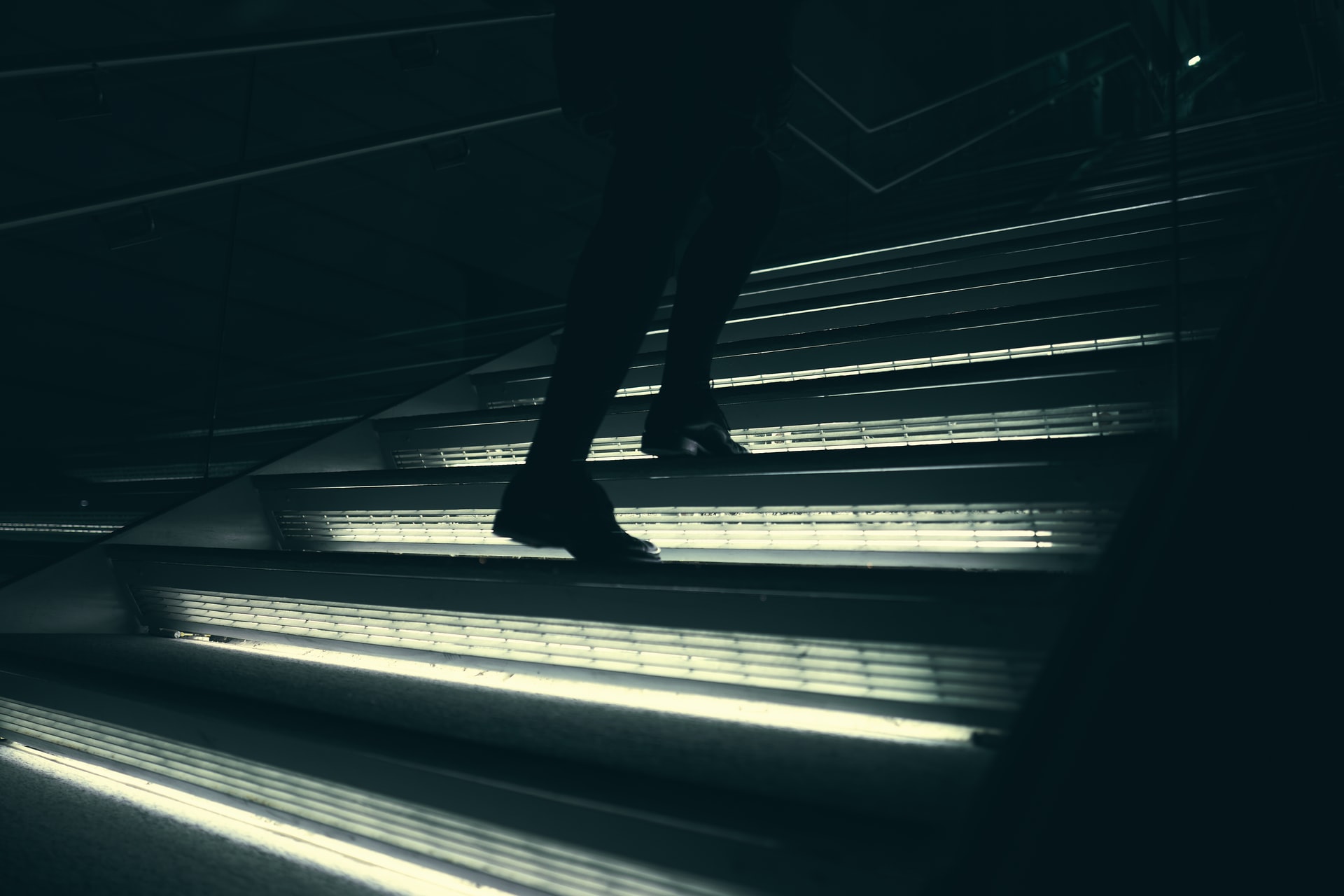Installing low voltage LED step lights is the most cost-effective solution to lighting your home’s steps. Low voltage outside lighting provides safety by illuminating the steps just enough at night to allow you to see them. Low voltage LED step lights are not intended to provide brilliant lighting to your house or yard. Their mellow glow also creates a soothing atmosphere as you go down the steps to your terrace or garden. Aside from these benefits, low voltage stair lights are also simple to install.
If you intend to install low voltage LED step lights on your own, there are a few things you must consider. First, think about how you’ll connect the light fixtures to the steps. There are particular bases that you may buy if you wish to put them up in a single track. However, for improved visibility, it is often preferable to install low voltage step lights in individual light mounts along the stairs. This produces an equal foundation of illumination throughout the whole step area.
In this how-to post, we will go through the processes for installing low voltage LED stair riser lights, which may be purchased preassembled in a variety of designs or built from scratch.
Preparation to install outdoor low voltage LED step lights
Installing low voltage lighting on wood railings, both new and old, necessitates some preparation work to conceal cables and connections. Here are some contractor recommendations to help you disguise your cables and focus on the beauty of your deck:
- Drill a hole in the first post of your railing for the wire to enter through. This should be on a less visible side of the post.
- Even if you do not intend to put post cap lights, building a chamber within your post core will allow you to conceal wiring and connections.
- Route a channel along the middle of your top rails to hide your wire on new wood railings or those with a cap board fitted across.
- Cut a slot up into the bottom of the rail for existing wood railing or top rails that do not have a flat cap board fitted across. This will allow you to tuck and conceal your wire.
- You may also run your wire below the top rail of an existing wood railing and staple it every 4-6 inches.
- Drill a 38-inch hole on an exterior surface and into the central hole for starting posts near the house. You may run your wire from the transformer adjacent to the home and out of sight from here.
- Can’t bear the wire running down the post’s side? Cover it up with Wire Concealing Wood Trim.
- Connector hubs and splitters have screw holes built in to keep wiring off the ground and out of sight. If you’re going to use wire nuts, be sure you have Nylon Cable Ties with a screw mount to assist keep wires tight.
How to install outdoor low voltage LED step lights?
Step 1: Establish the locations of your step lights.
Make a plan for the placement of your step lights. Check that the stair stringers do not interfere with the step lights. Cut or drill a hole in the riser board to accommodate the recessed step lights. Step lights come in a variety of sizes and forms, so be sure you cut the suitable size aperture according to the manufacturer’s instructions. Place the transformer close to an electrical outlet.
Step 2: Connect the wires
Run the low voltage wire from light to light, beginning with the one furthest away from the transformer. At each step light placement, leave a 6-inch wire loop.
Step 3: Remove the wire
Cut the wires at each lamp and divide them into 2 to 3-inch strands. Remove about half an inch of sheathing from each wire, as well as the wires from the light fixture, with a wire stripper.
Step 4: Align the wires’ polarities.
One smooth black wire will be present, and another wire may be ribbed with white text. Twist waterproof wire nuts to establish a tight connection after holding the wire ends together. Wrap the connector with electrical tape.
Step 5: Install the transformer
Make careful to read the transformer’s instructions before proceeding with this step. Turn the on/off switch off. Mount the transformer in the preferred place using mounting brackets. Connect the wires when they have been run into position. Make sure the photo eye sensor is in direct sunlight.

Step 6: Put the light to the test.
Connect the transformer to an outlet. Turn it on, test the illumination, and adjust the timer as needed. Remove the transformer. Attach the top cap over the low voltage wire with care, being careful not to screw into the wire.
